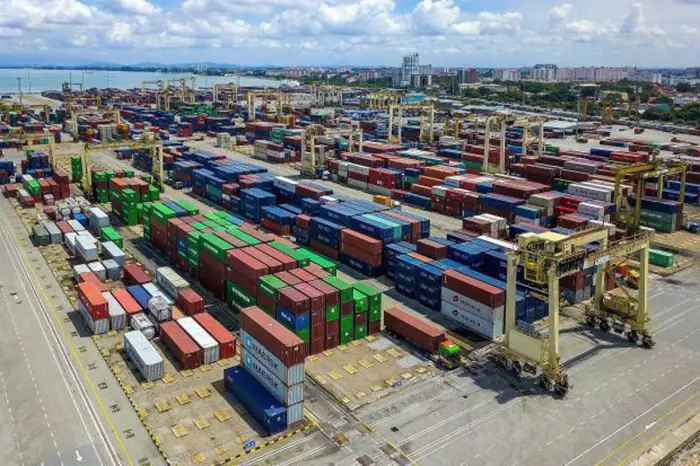
Economists are maintaining a cautious stance on Malaysia’s trade outlook this year due to persistent global tariff uncertainty, which is expected to weigh on the country’s trade and manufacturing performance.
UOB Kay Hian Wealth Advisors Sdn Bhd head of investment research Mohd Sedek Jantan said the evolving US trade tariff regime is poised to exert significant pressure on global trade dynamics, with notable implications for Malaysia’s export-driven economy.
He said that as a key player in Asean, Malaysia’s trade-dependent sectors such as electronics, palm oil and manufactured goods face both challenges and opportunities amid these disruptions.
“While global trade is unlikely to collapse, a moderation in export volumes is anticipated, with the full economic impact becoming clearer within three months of tariff implementation,” he told Bernama.
Mohd Sedek added that data from May 2025 illustrates early effects.
“Malaysia’s exports to the United States declined by 2.8% month-on-month (m-o-m)to RM18.68bil from RM19.22bil in April, reflecting broader market adjustments.
“Among Malaysia’s top 10 export destinations, only four – China, the European Union, Taiwan and Vietnam – recorded m-o-m export growth, underscoring uneven trade resilience.
“This aligns with global trends, as rising geopolitical frictions, particularly US-China trade tensions, prompt supply chain reconfigurations, including re-shoring (bringing production back to domestic markets), friend-shoring (relocating to allied nations), and near-shoring (shifting to geographically proximate countries),” he explained.
According to the Investment, Trade and Industry Ministry, Malaysia’s trade rose 2.6% in May 2025 to reach RM252.48bil, marking the 17th consecutive month of year-on-year growth since January 2024.
In a statement, it said exports moderated 1.1% to RM126.62bil, while imports grew 6.6% to RM125.86bil.
Trade surplus for the month stood at RM766.3mil, marking the 61st consecutive month of trade surplus since May 2020.
Mohd Sedek said Malaysia’s strategic position within Asean positions it as a potential beneficiary of the shifts in production base.
The region’s growing role as a hub for friend-shoring and near-shoring, driven by its proximity to major markets like China and its relatively stable political environment, enhances Malaysia’s appeal as an alternative manufacturing base.
“For instance, multinational corporations seeking to diversify away from China due to tariffs or geopolitical risks are increasingly eyeing Asean nations.
“Malaysia’s robust electronics sector, which accounts for approximately 40% of its exports, stands to gain from such reconfigurations, particularly as firms relocate semiconductor and component manufacturing to Penang and Johor,” he said.
The Regional Comprehensive Economic Partnership (RCEP), which includes Asean and major economies like China, Japan, and South Korea, provides Malaysia with access to a market of 2.2 billion consumers, cushioning the impact of US tariffs.
“These gains reflect Malaysia’s proactive pivot towards emerging markets, reducing reliance on traditional partners like the United States,” he said.
Meanwhile, Mohd Sedek said Malaysia can ride on the projected 12.5% growth in global semiconductor sales by leveraging its strategic Asean position and aligning with friend-shoring trends.
Deeper integration under RCEP and strengthened partnerships with Singapore and Vietnam will reinforce regional supply chain resilience.
He advised that to attract firms shifting from China, Malaysia should build on the RM83bil in electrical and electronics foreign direct investment secured in 2024 and offer targeted incentives.
Source: The Star
Share: